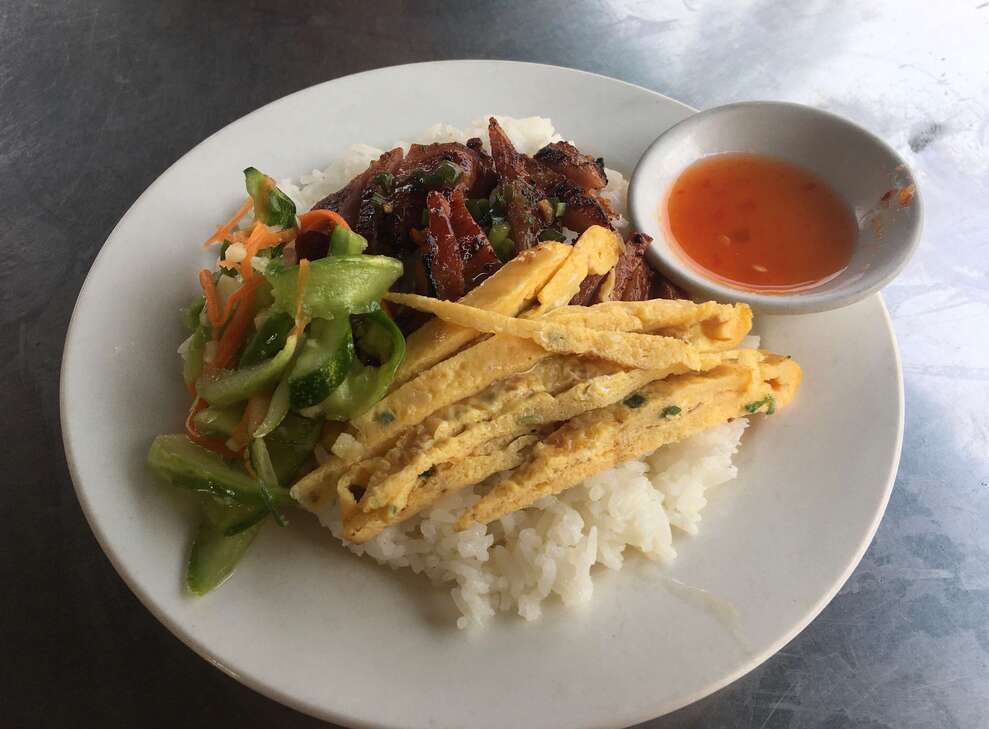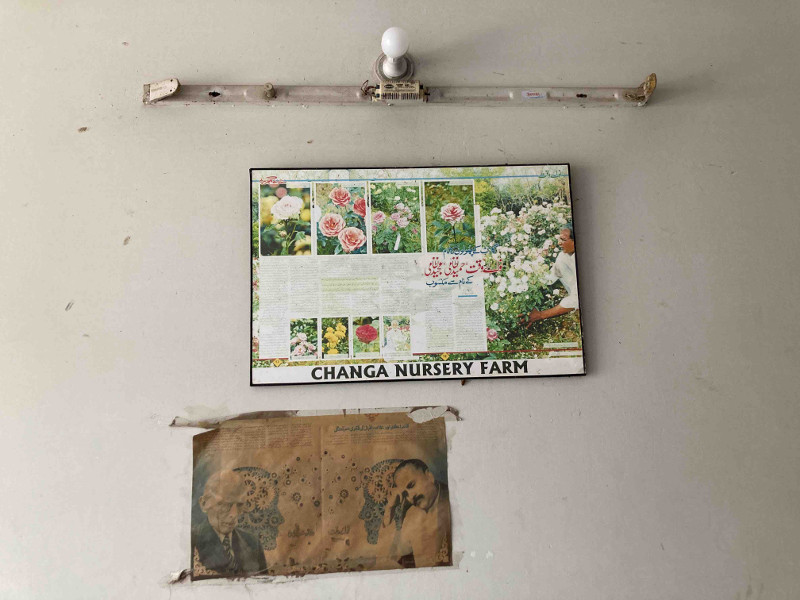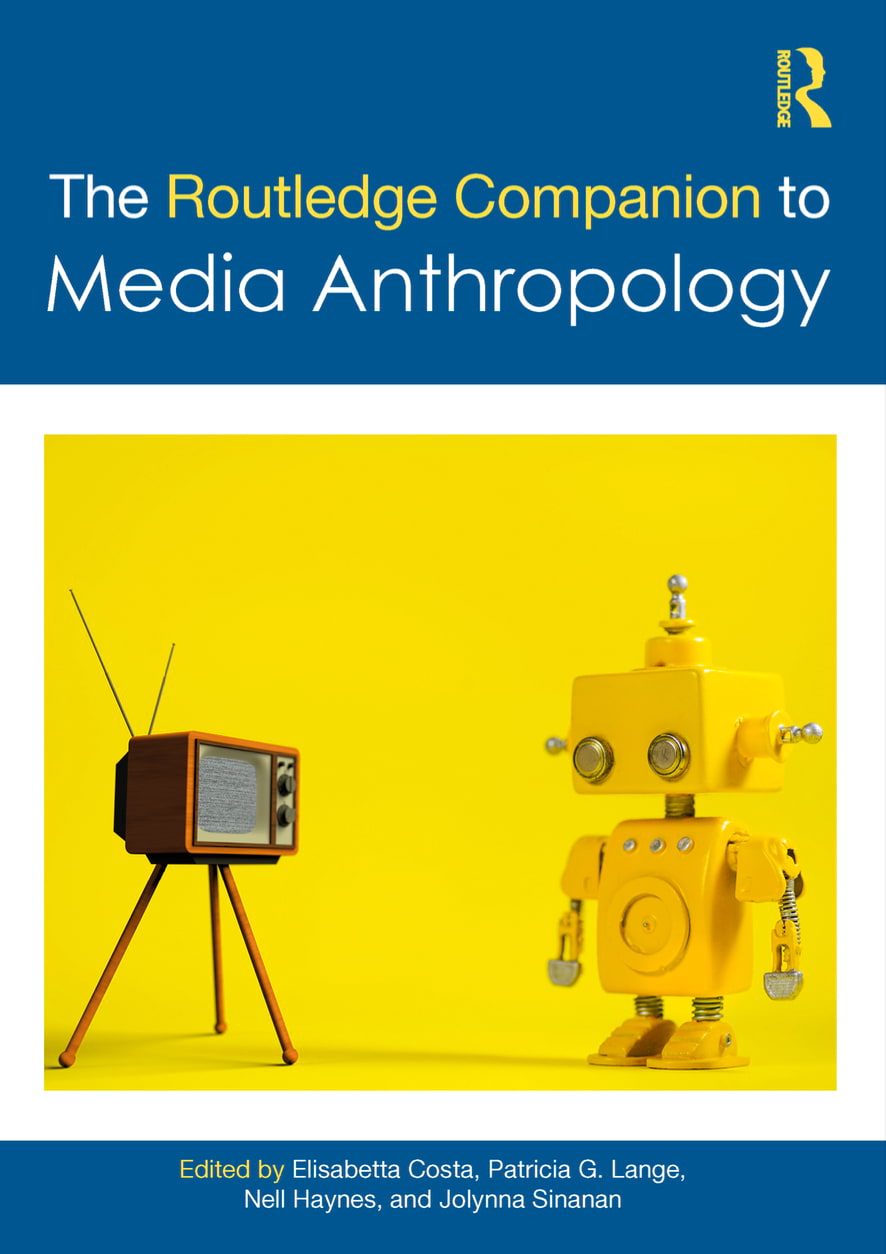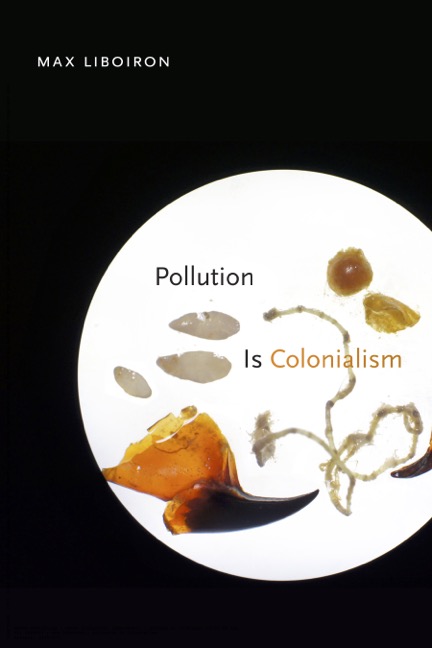
Dining with the Diaspora: Khmerican Digital Gastrodiplomacy
During my first semester of undergrad, I began my truly independent cooking journey—a path many have taken before me, but few survive. After weeks of failing to replicate one of my mother’s simplest dishes, scrambled eggs with jasmine rice, I was devastated. Arriving home for winter break, I told her about my struggles—how I looked up many recipes online and tried making them all, adding milk, sprinkling in cheese, whisking the eggs with a particular technique. Nothing seemed to replicate the correct taste or texture. The familiar experience of the eggs was absent. She laughed at me and explained she made them “Khmer style,” to which I promptly replied, “What’s ‘Khmer Style?'” Half smirking and rolling her eyes, Ma explained that the scrambled eggs have fish sauce, green onions, and black pepper in them. “Make sure you use the good fish sauce okay? Either Three Crabs Brand or the Squid Brand. How did you not know this?” (read more...)






